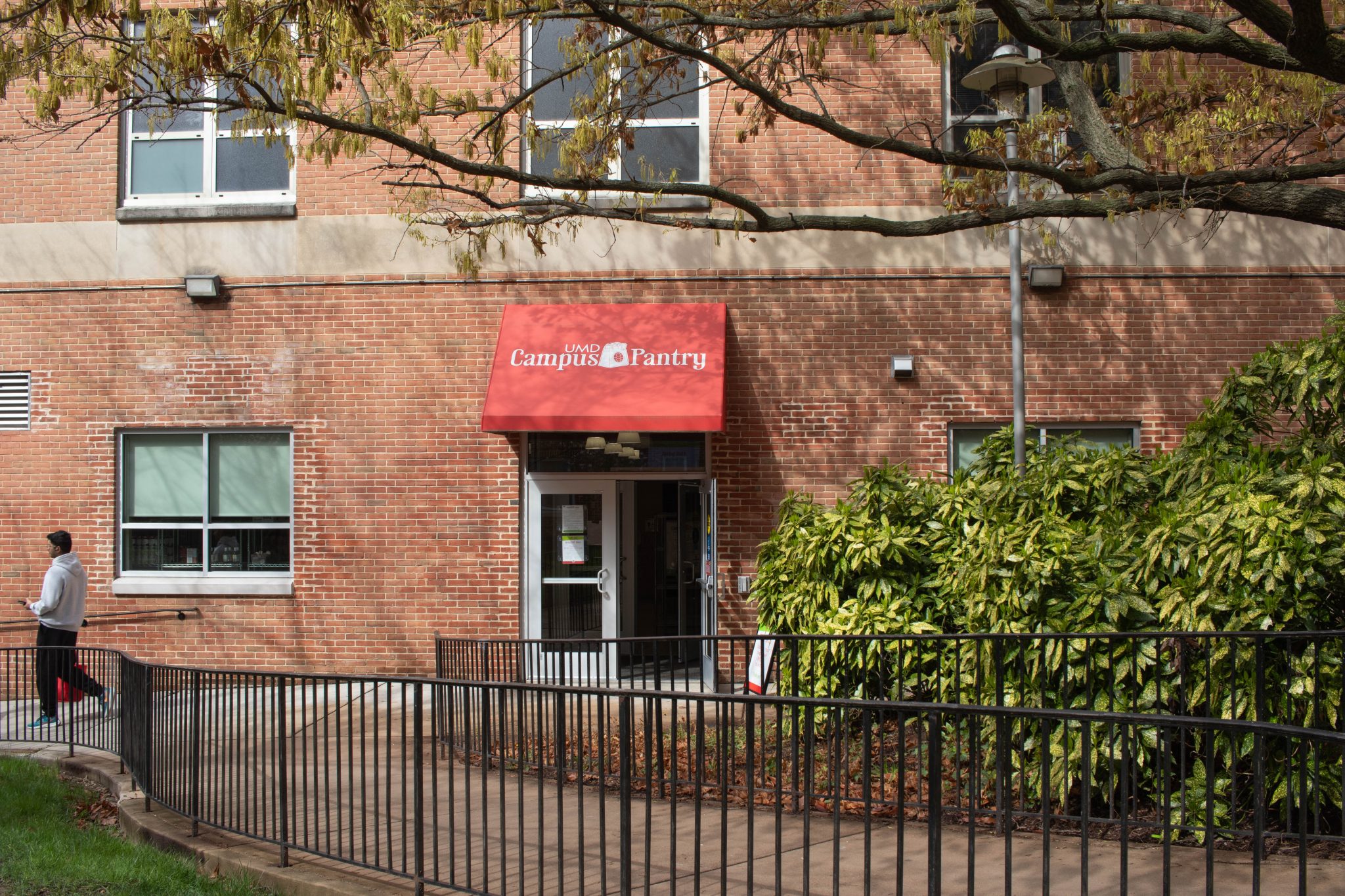The University of Maryland’s campus food pantry saw a more than 60 percent increase in users between 2022 and 2023, according to pantry manager Larry Tumlin.
The pantry, which offers students and staff free food in an effort to eradicate food insecurity at this university, served about 11,000 clients in 2022 and more than 18,000 clients in 2023, Tumlin said. He added that he would not be surprised if the number of food insecure students at this university continues to rise after observing this recent increase in pantry visits.
According to a 2019 study from this university’s Counseling Center, about 20 percent of students at this university are food insecure, which means they lack access to enough food to sustain themselves in a given period of time, according to Feeding America.
“We’re still here just trying to fight the fight,” Tumlin said. “The main thing that we’re here for is to see nobody go hungry.”
The COVID-19 pandemic’s lingering economic effects could have contributed to increased pantry visits, Tumlin said. The pantry will expand in the future to meet growing needs, he added.
[Asian American activists share importance of food in culture at UMD event]
Food insecurity can be a “chronic stressor,” according to Colleen Byrne, a clinical professor and psychology clinic director at this university.
“It’s constant and it can be scary because [food is] just something that you can’t go without,” Byrne said.
The 2019 Food Access and Student Well-being Study found that about 40 percent of food insecure students fell asleep in class or were unable to concentrate compared to about 3 percent of food secure students. About 13 percent of food insecure students reported failing assignments or classes as compared to about 1 percent of food secure students.
The pantry is open Monday through Friday from 11 a.m. to 5 p.m. for students and from 11 a.m. to 12 p.m. on Monday for faculty and staff, according to Dining Services’ website.
Junior English and government and politics major Anne Rong has been to the pantry a handful of times to get ingredients for dinner, she said. Getting food at the pantry rather than the grocery store helped her save money, Rong added.
“I thought that it was super helpful,” Rong said. “The priority there is to provide food for students, but it was also just a great way to feel more acclimated on campus as a transfer student.”
[College Park City Council discusses options for rent subsidy pilot program]
Though it’s meant to address food insecurity, the pantry’s services are open to any community members who want to use them, according to its website.
The pantry’s location since 2021, next to South Campus Market, has provided it with increased visibility and higher levels of foot traffic, Tumlin said.
The pantry also features a teaching kitchen that offers classes and workshops where community members can learn to cook, garden and develop recipes.
“We’re showing them culinary skills and ideas of what they could do with the food they get from the pantry,” Tumlin said.
Caroline Boules, a lecturer in the environmental science and policy program, said that because of food insecurity’s impact on academic performance, college campuses are an especially important place to address it.
People may find the number of college students that struggle with food insecurity surprising, Broules said.
“People have a little bit of a stigma or a picture in their mind of who a food insecure person is and college students might just not fit into that,” Boules said. “I’ve seen all kinds of different people at food pantries, all kinds of different people who say that they have experienced food insecurity.”



